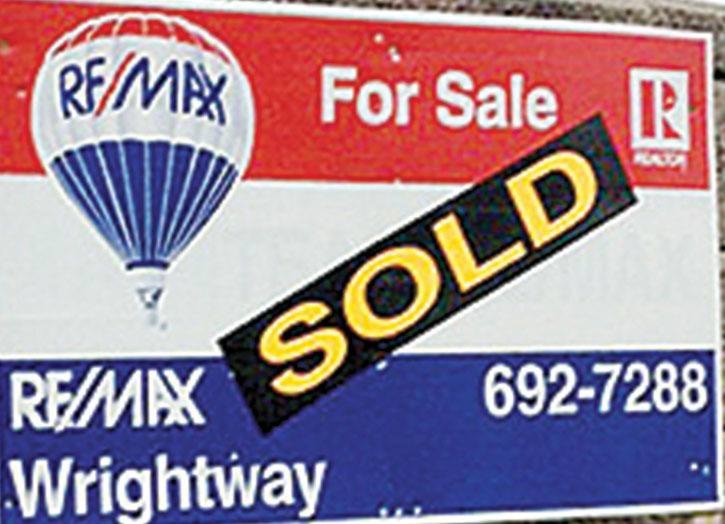According to the B.C. Northern Real Estate Board (BCNREB), the housing market in some areas of Northern B.C. has been affected by the global commodity slowdown.
Areas most exposed to commodity markets have experienced a higher than average drop in sales and, in some instances, a drop in average prices.
“The effect of commodity markets on the housing market in some areas brings to the forefront the fact that the economy of the north remains largely commodity driven,” said Ken Laursen, former President of BCNREB.
The western area of the BCNREB saw larger drops in sales, with Kitimat being particularly affected. After seeing a few consecutive years of significant increases in price, the average price of property in Kitimat has dropped this year. Terrace also saw in drop in sales and average prices in 2015, and in Fort St John’s, sales dropped by approximately 28 per cent with a nine per cent drop in average property prices.
While the global commodity slowdown has negatively impacted the housing market in some areas of Northern B.C., affordable housing has been attracting new buyers to Burns Lake.
“Some people arrive here after extensive research that has determined that housing is more affordable here than any other place in the province,” explained Doug Phair, Managing Broker/Owner of Re/Max Wrightway in Burns Lake. “New people with varied social and professional backgrounds are migrating here for work and recreation.”
Burns Lake had 105 properties sold in 2015 compared with 71 in 2014. As of Dec. 31, there were 114 properties of all types available through multiple listing service in the Burns Lake area, down from 130 at the end of 2014.
“The in-town residential market in all price ranges has seen the biggest rise in volume of sales and a modest increase in values,” said Phair.
The average selling price of a single family residence in Burns Lake went up - from $117,815 at the end of 2014 to $133,756 at the end of 2015.
Phair says 2015 saw a notable increase in local families upgrading their current homes, thus providing supply in a favorable price range for new home owners. He added that rural properties continue to be higher in demand than supply.
Other nearby areas also saw an increase in average selling prices.
The average selling price of a single family residence in Smithers went up - from $247,458 at the end of 2014 to $273,241 at the end of 2015. There were 252 sales in 2015, compared to 266 sales in 2014.
The average selling price of a single family residence in Vanderhoof also went up - from $204,255 at the end of 2014 to $211,179 at the end of 2015. In Vanderhoof, there were 120 properties sold in 2015, compared with 2014’s 132 properties.
Meanwhile, the average selling price of a single family residence in Fort St. James went down - from $192,276 at the end of 2014 to $171,139 at the end of 2015. In Fort St. James, 53 properties sold in 2015, compared to 42 properties in 2014.
The average selling price of a single family residence in Houston remained relatively stable - from $157,063 at the end of 2014 to $157,487 at the end of 2015. In Houston, 60 properties changed hands in 2015, compared to the 64 properties in 2014.
Prince George continues to be mostly unaffected by the economic conditions in either the northern, western or southern areas of the BCNREB region, likely thanks to a more diversified economy, according to BCNREB.
The average selling price of a single family residence in Prince George went up - from $271,580 at the end of 2014 to $284,611 at the end of 2015. In Prince George, 1442 properties sold in 2015, compared with 1449 properties in 2014.
According to the BCNREB, forecasts for 2016 suggest commodity markets will continue much as they have through 2015, though the board sees some hope for improvement toward the end of the year.
